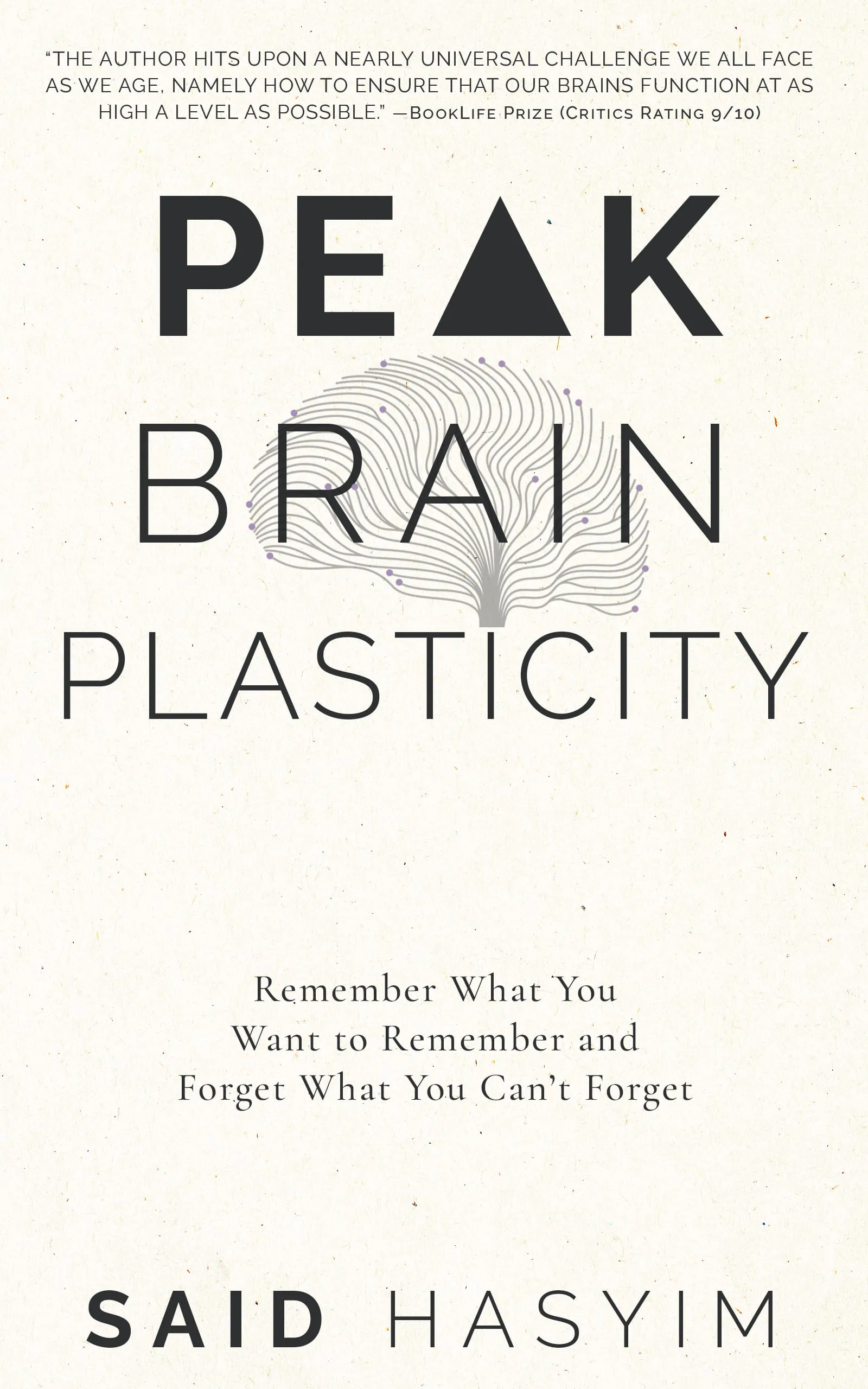Creating a Learning Environment for Optimal Recall
The ability to recall information effectively is one of the core pillars of successful learning. In today’s fast-paced world, we are inundated with vast amounts of data, making it crucial for learners to not only absorb information but also to retain and recall it when needed. In this blog post, we will explore how to create a conducive learning environment that optimizes recall, leveraging both psychological principles and practical strategies.
Understanding the Importance of Recall
Before we dive into creating an optimal learning environment, it’s essential to understand why recall is so crucial. Recall is not merely about memorization; it is the process through which we retrieve learned information from our memory. This retrieval process is fundamental to learning itself, as it reinforces memory pathways and fosters a deeper understanding of the material. When learning environments encourage effective recall, they empower learners to apply knowledge creatively and critically in real-life situations.
Elements of an Effective Learning Environment
Creating a nurturing learning environment that promotes optimal recall involves several critical components. Let’s delve into each one:
1. Comfort and Accessibility
The physical space where learning occurs significantly impact recall. A comfortable environment—adequate lighting, ergonomic seating, and minimal noise distractions—can enhance focus and engagement. Additionally, ensure that all learning materials are easily accessible. An organized space, whether it's a study area at home or a classroom, helps prevent information overload and allows learners to concentrate on the task at hand.
2. Consistent Study Routines
Establishing a regular study routine is beneficial for enhancing recall. Consistency helps to create habits, making it easier for learners to engage with material regularly. By setting aside specific times for study, individuals are more likely to make learning a priority. Utilizing techniques such as the Pomodoro Technique, which involves working in short bursts followed by breaks, can also enhance concentration and information retention.
3. Active Learning Strategies
Engaging actively with the material is far more effective than passively reading or listening. Encourage methods such as:
Summarization: After learning a new concept, students can summarize the information in their own words. This reinforces understanding and aids memory retrieval.
Self-Testing: Regularly quizzing oneself on the material strengthens recall pathways.
Teaching Others: Explaining concepts to peers reinforces one’s understanding and highlights areas needing further study.
4. Variety and Multimodal Learning
Incorporating a variety of learning modalities can enhance recall. Different individuals have varying learning preferences—visual, auditory, kinesthetic, etc. By integrating different formats such as videos, podcasts, textbooks, and interactive activities, learners can engage with the material from multiple angles, making it easier to retrieve later.
5. Use of Mnemonics and Visualization Techniques
Mnemonic devices and visualization techniques can provide hooks for recall. For instance, acronyms, rhymes, or associating information with vivid imagery can help encode information in long-term memory. Encourage learners to develop their mnemonic systems, as personal connections enhance the memorability of the material.
6. Emotion and Context
Emotions play a significant role in memory formation. Engaging with the material on an emotional level— through storytelling, real-life applications, or group discussions—can boost recall. Additionally, the context in which information is learned matters. Studying in environments similar to where the information will be retrieved can enhance performance, known as context-dependent memory.
7. Mindfulness and Stress Management
Stress can significantly impair memory and recall abilities. Cultivating mindfulness through practices like meditation, deep breathing, or simply taking breaks can enhance concentration and focus. Stress management helps create a calm mental state conducive to learning.
8. Feedback and Reflection
Providing consistent feedback allows learners to reflect on their progress and identify knowledge gaps. Encouraging reflection on what they have learned and how they have learned it can deepen understanding and enhance recall. Learners should be advised to keep learning journals to track their thoughts, challenges, and triumphs.
9. Creating a Supportive Community
A supportive learning community fosters motivation and collaboration. Peers can serve as invaluable resources for shared insights and encouragement. Encourage discussion, study groups, and group projects where learners can discuss their understanding, clarify doubts, and reinforce their recall.
Conclusion
Creating a learning environment that promotes optimal recall involves a blend of psychological strategies, practical techniques, and an understanding of individual learning preferences. By establishing comfortable spaces, creating consistent routines, employing active learning techniques, and fostering emotional connections with the material, learners can significantly enhance their recall abilities.
In a world that demands continuous learning and adaptation, focusing on recall not only aids in personal and academic success but also prepares learners for the complexities of real-world applications. With the right environment and strategies in place, anyone can cultivate an enduring relationship with knowledge that empowers them for years to come.
Feel free to share your thoughts or any strategies you’ve found helpful in creating a learning environment for optimal recall! Let’s continue learning together.
Harness the Power of Neuroplasticity
Discover Peak Brain Plasticity, a practical book to harnessing neuroplasticity. Enhance your memory, learn new languages quickly, and alleviate anxiety with effective study methods. Uncover daily habits that impact cognitive health and explore techniques for accelerated learning and memory retention. Unlock your brain's potential for growth and transformation.
